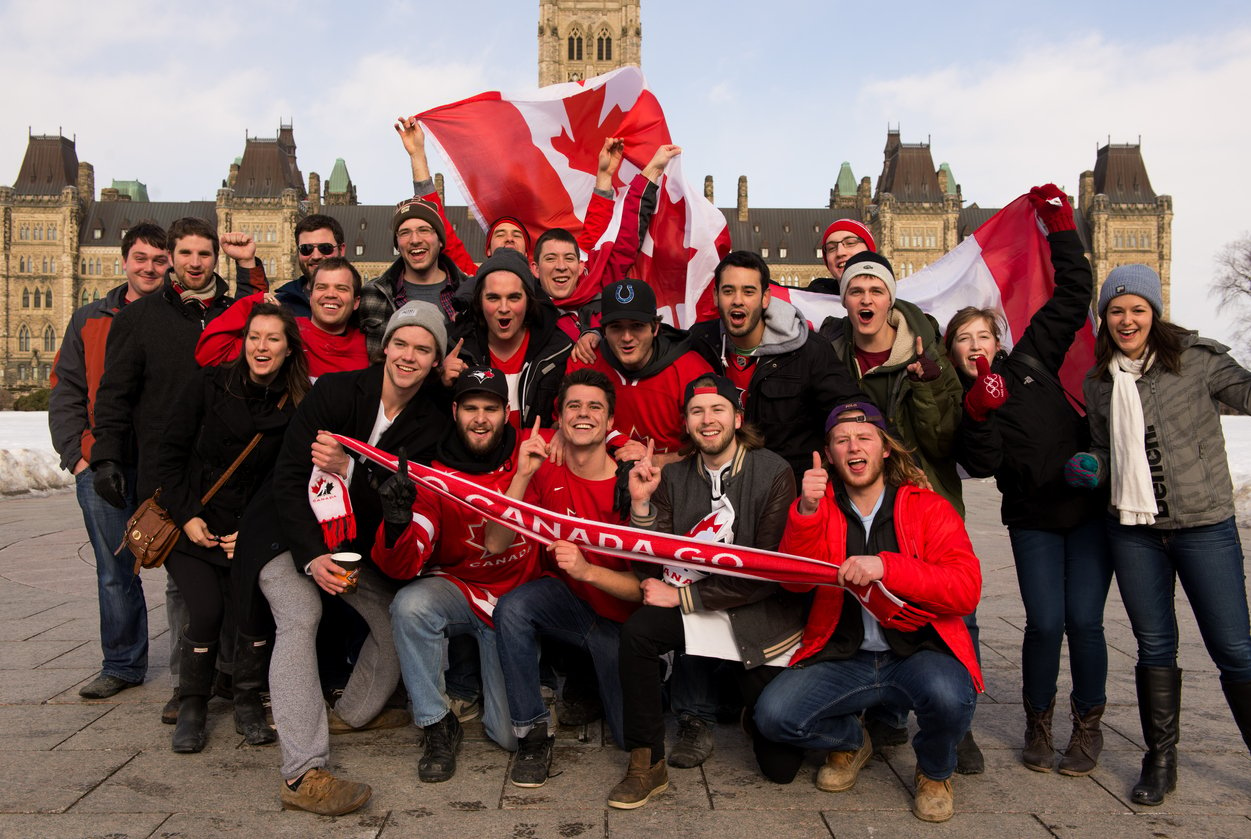In the warmer areas of North America, hockey could only be played for a few months out of the year. While children on the other side of the world in the United States were playing baseball, basketball, and football, Canadian children were playing hockey. This is the reason that the best players of this sport came from the very cold north. When the National Hockey League (NHL) started in the early 1900’s, the majority of Canadian hockey teams were not big enough to become professional teams. Therefore, Canadians being able to have a huge impact on this fast-paced and hard-hitting game showed how strong and tough Canadians are.
With Canada only having a small population, there was not a lot of sports where they had the opportunity to be the best in North America, let alone the rest of the world. For this reason, Canadians have taken a lot of pride in hockey being their national sport and in their very talented hockey players.
How The Game of Hockey is Played
The hockey rinks in Canada are 200 feet long and 85 feet wide. International rinks are 200 feet long and 100 feet wide. The nickname for these rinks is “the ice.” Skaters move along the ice very quickly, and can cross the rink in just a manner of seconds. Instead of a ball, hockey players use a puck. A puck is a tiny, rubber disc that is flat. The flatness of the puck makes it easy for it to move around the ice. Hockey sticks move the puck around the ice. The sticks are about six feet long and they curve into a foot-long wooden blade at the bottom of the stick.
During each game, every team has three offensive players. Their main task is to score goals. The one is the middle is called the “centre” and the others are called the “wingers.” Every team also has three defensive players on the ice. These “defenseman” are supposed to guard the goal during the game. However, they also have a role in the attack. Since the game is fast-paced and how big the rink is, and because they wear thick padding to protect themselves, the goalies stay in front of the goal throughout the whole game. Teams typically have four “lines” of five players that change places all throughout the game. The wingers, centres, and defenseman are only on the ice for short amounts of time (typically five minutes or less) and are on the move without changing the course of the game. The goalies usually play all through the whole game.

Hockey games are split up into three twenty-minute periods. There is a ten-minute in between each period. When a player shoots the puck, it can travel up to 100 miles per hour. For this reason, over the years, measures have been put into place to protect the players and their fans. There are boards all around the rink with thick glass above them so fans can see what is going on during the game, but be protected as well.
Hockey players wear a lot of padding. Every player wears pad on their shins, thighs, elbows, and shoulders. A lot of hockey players had to die or be injured to convince them to wear helmets. Goalies wear large pads on their legs, masks to protect their faces, and thick, leather gloves to protect their hands from fast-moving pucks. They did not always wear this gear to protect themselves. As recently as the 1960’s, they did not wear face masks and often got hit in the face.
When a player commits a foul, it is called a penalty. Then they have to spend two minutes in the “penalty box.” Their team is short a player for the whole two minutes while they are in the “penalty box.” The other team that still has all of their players is said to have a “power play.” That is when they often score a lot of goals. There are a lot more rules and details about the game of hockey. All of the rules and a lot more information about this game can be found on the website nhl.com.






